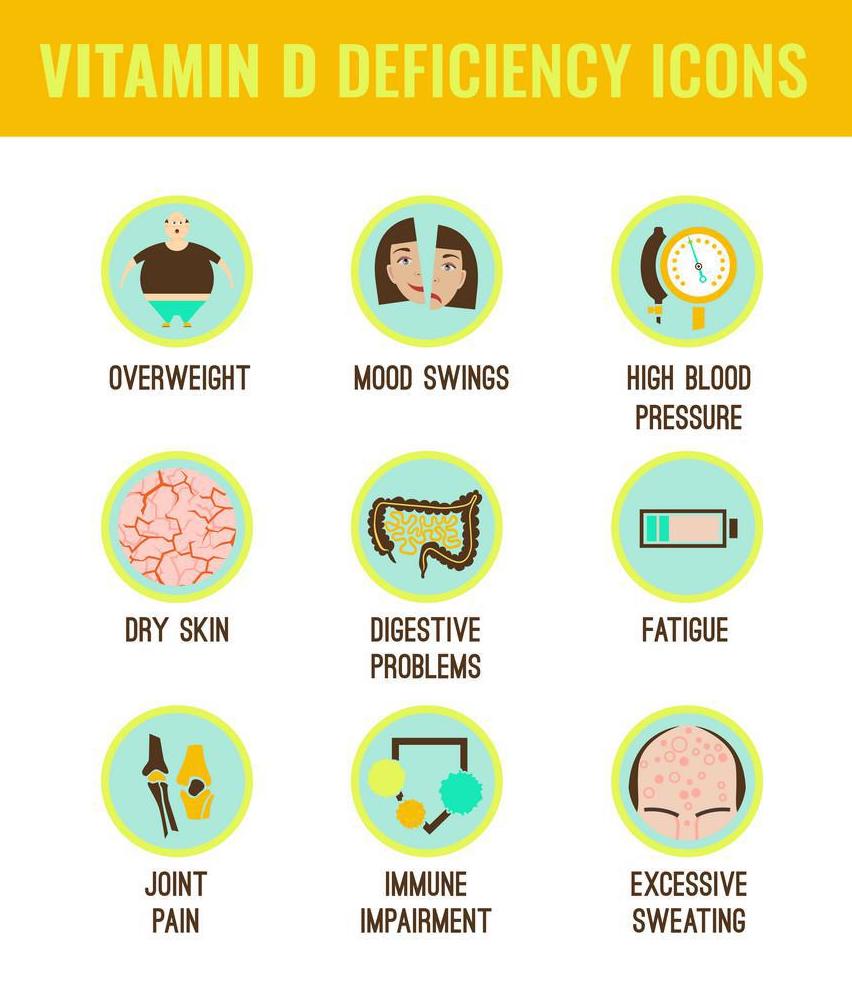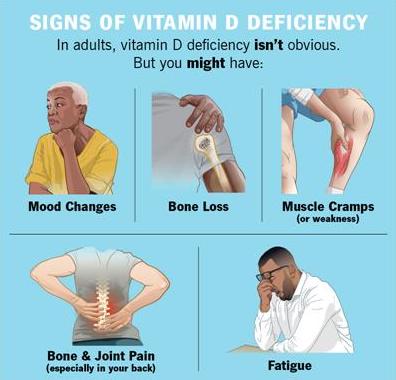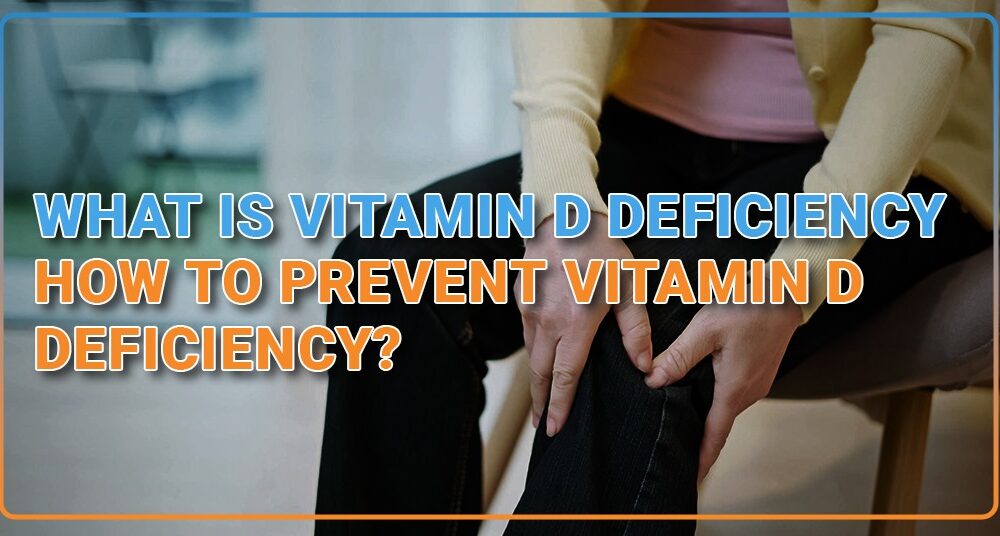Despite its name, Vitamin D is not a vitamin. It is a hormone that promotes calcium absorption in the body. It is present in very few foods. Our body also produces Vitamin D in the skin when exposed to sunlight.
Risk Factors for Deficiency
·Diet – Not having enough Vitamin D-rich foods
·Lifestyle – People who have less exposure to sunlight, remain ill, or lack outdoor spaces are at risk of developing Vitamin D deficiency. Excess sunscreen use is also a risk factor.
·Pollution – Highly polluted areas block UVB rays, without which the skin cannot produce vitamin D.
·Age – Increasing age decreases the body’s ability to produce Vitamin D.
·People with darker skin need more sunlight exposure to produce Vitamin D.
·Gut diseases such as Crohn’s, celiac disease, etc. These decrease the absorption of Vitamin D from the diet.
·Smoking
·BMI greater than 30
·Kidney and liver diseases
Symptoms

·Getting sick often
Vitamin D makes our immune system strong. Lower levels make the immune system weak, increasing the risk of infections.
·Bone pains, Decreased Bone density
Since Vitamin D increases calcium absorption, its deficiency causes lower calcium levels in the body. This makes them weak and predisposes them to fractures.
Vitamin D deficiency in children causes rickets, and in adults, it causes osteomalacia and osteoporosis. Older people with bone loss need to take Vitamin D with their calcium supplements.
·Muscle pains
Constant and recurrent muscular pain is a widespread and undiagnosed manifestation of Vitamin D deficiency.
·Impaired wound healing
·Hair loss
BOTTOM LINE
Vitamin D deficiency is widespread, and most people are unaware of it!

Prevention
·Increased consumption of Vitamin D-rich foods such as cereals, fortified dairy products, meats, fish, and eggs.
·Increasing sunlight exposure
Although there is no definite time advised, it is said that 15-20 minutes of exposure 2-3 times a week increases the body’s production of Vitamin D. During this exposure, sunscreen should not be used, and one should receive sunlight directly and not through a window.
·You should increase your physical activity, such as cycling, jogging, or walking, decrease your weight, and increase your sunlight exposure.
·Getting treatment for other medical conditions.
·If your Vitamin D levels do not reach the expected levels, you should take supplements to keep Vitamin D in the normal range.

